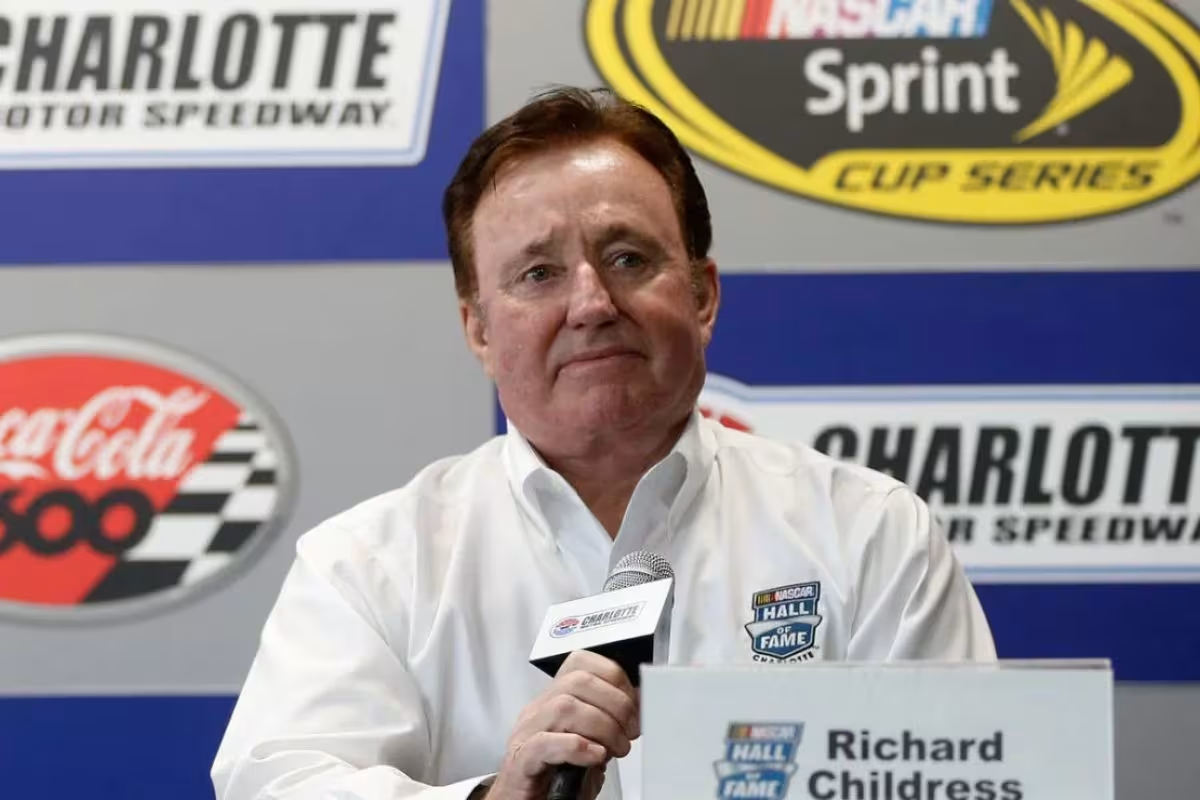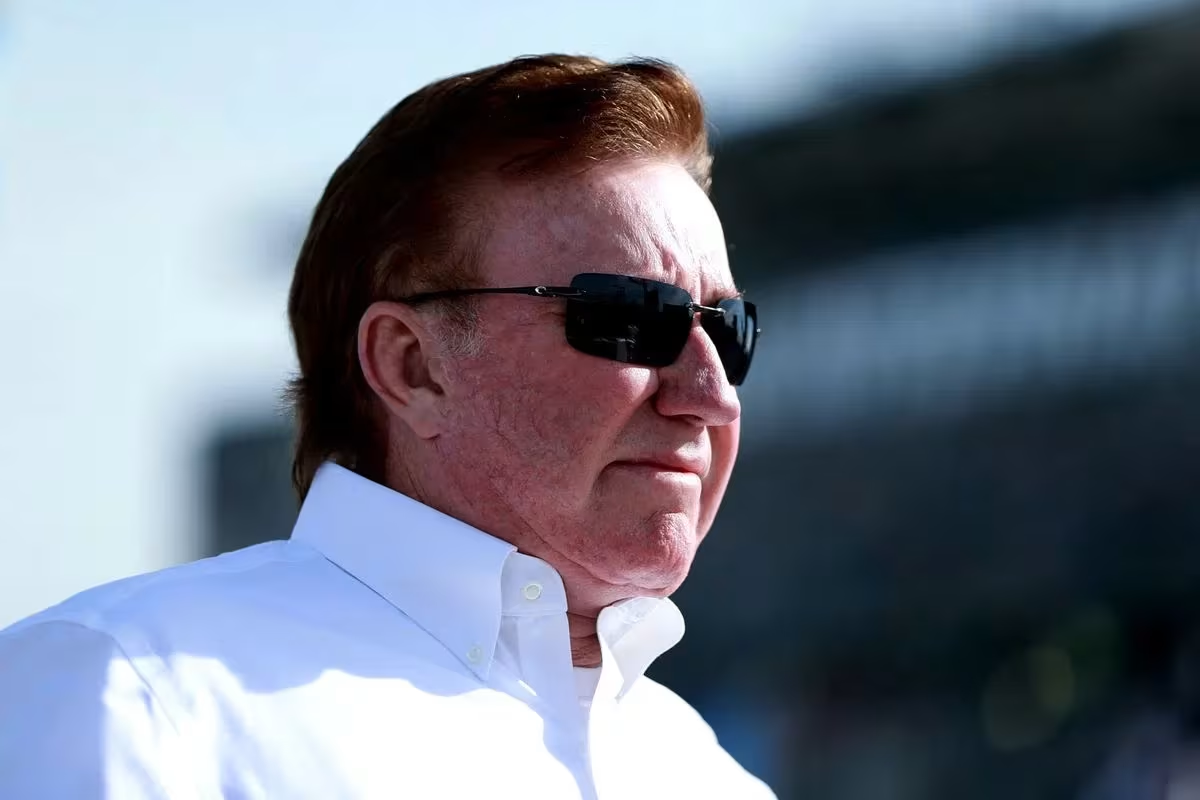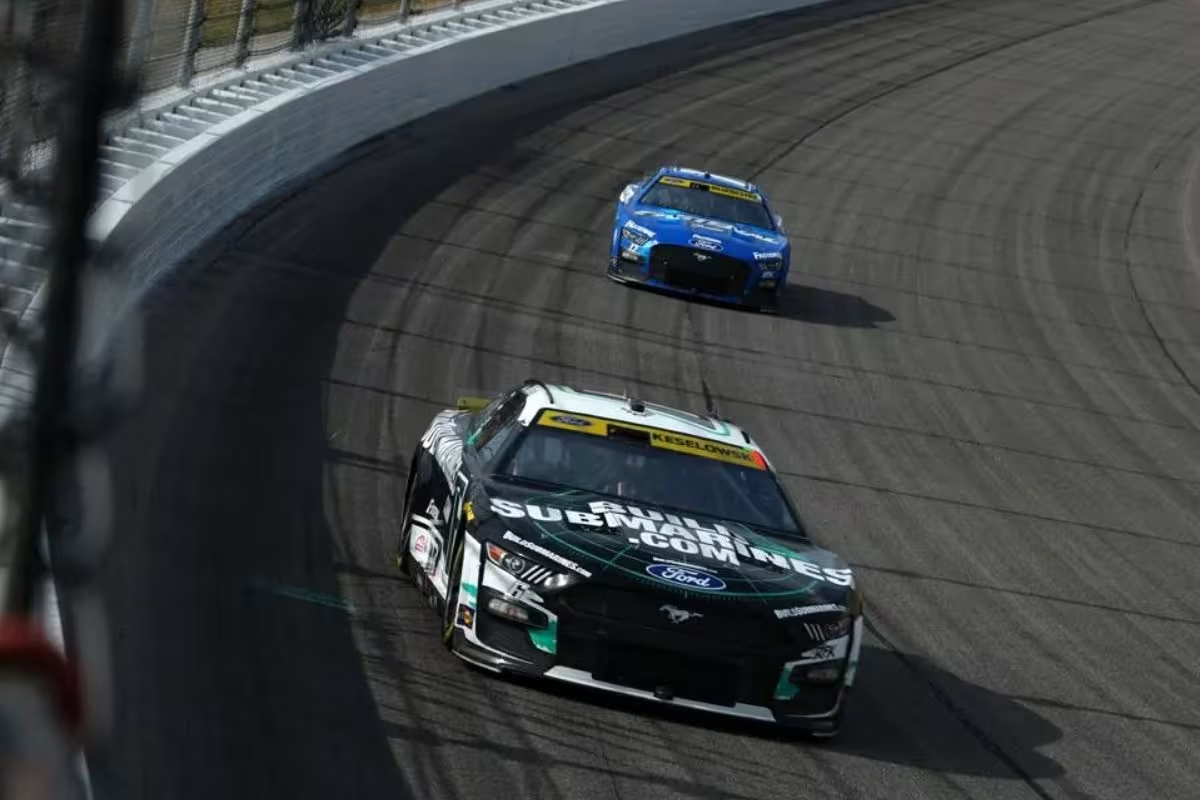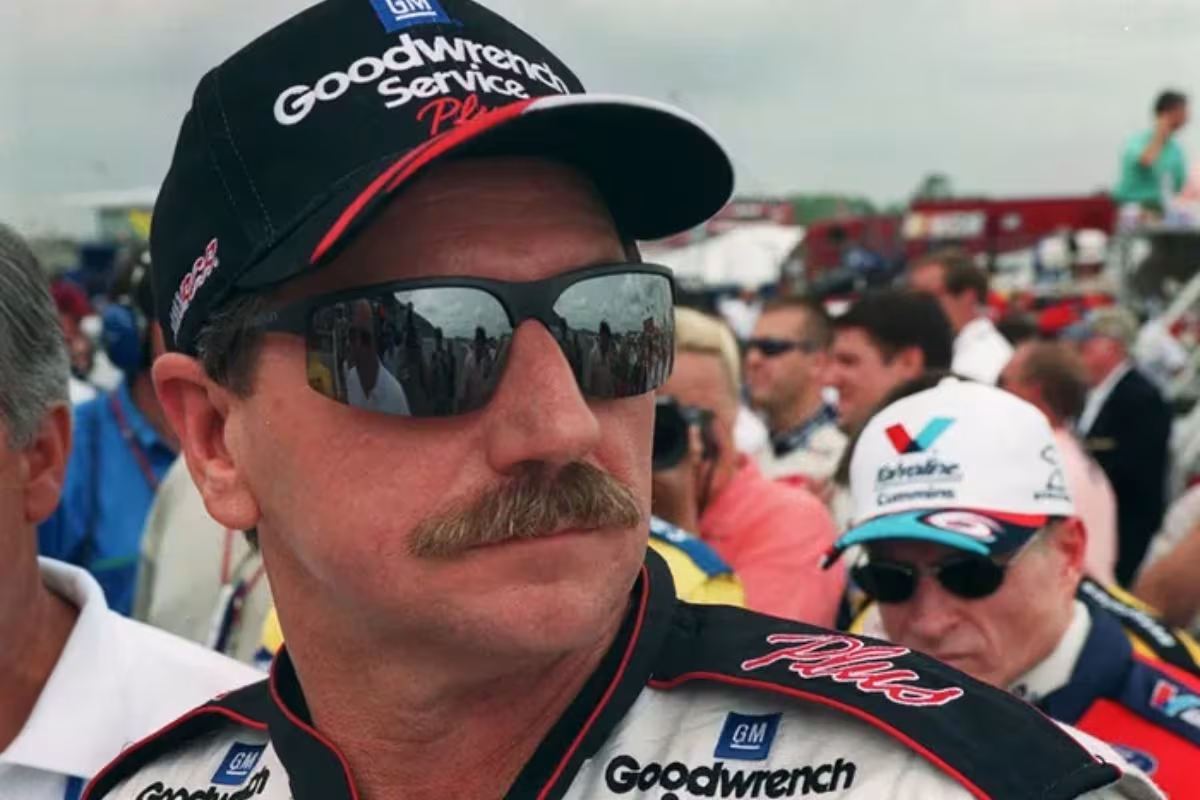When Richard Childress Boldly Ignored His Boss: Richard Childress‘s decision to disregard the advice of his boss and pursue a career in NASCAR is a compelling case study of resilience and vision in the face of adversity. Shifting from driver to team owner in 1969, Childress faced considerable doubt but ultimately laid the groundwork for what would become a formidable racing dynasty. His partnership with Dale Earnhardt not only yielded an impressive six championships but also transformed the very fabric of the sport.
Key Highlights
- Richard Childress defied his boss’s advice to abandon racing, opting instead to pursue his passion and establish Richard Childress Racing in 1969.
- With an initial investment of $25,000, Childress built a self-sustaining racing team, proving skeptics wrong through hard work and dedication.
- His partnership with Dale Earnhardt in 1980 marked a turning point, leading to six NASCAR championships and a powerful legacy.
- Childress emphasized collaboration and a family-oriented environment, revolutionizing the driver-owner relationship and promoting NASCAR’s growth.
- Despite challenges, including Dale Earnhardt’s tragic loss, Childress adapted and mentored new drivers, maintaining RCR’s competitiveness and influence in NASCAR.
Richard Childress’ Resilience and Racing Legacy
Although the path to success in NASCAR is filled with challenges, Richard Childress exemplifies resilience, demonstrating how determination can transform adversity into opportunity. His expedition from a driver to a team owner covers the core of perseverance in an industry notorious for its volatility.
Childress’s ability to confront adversity is not merely anecdotal; it serves as a foundational pillar of his racing legacy. The transformation of Richard Childress Racing (RCR) into a powerhouse team, most significantly through the partnership with the legendary Dale Earnhardt, highlights his tactical insight and relentless spirit.
Childress’s courage in the face of setbacks is a reflection of his adeptness in steering through the complexities of modern NASCAR.
Moreover, Childress’s philosophy of not succumbing to fear or doubt speaks volumes about his character. His statement, “My life is full of concerns, but I try not to worry,” reflects a mindset that prioritizes action over anxiety.
Richard Childress Reveals Disappointing Advice
Disappointment can often serve as an accelerator for growth, and for Richard Childress, it stemmed from advice given by a former boss that shaped his early career in NASCAR.
The discouragement he faced led to a profound realization: sometimes, the constraints imposed by others can spark a determination to forge one’s own path.
Childress recalled his former boss advising him to abandon the racing dream, suggesting it was an unwise pursuit. However, this discouragement only fueled his ambition.
Key insights from this experience include:
- Resilience as a Virtue: Childress learned that perseverance in the face of adversity often yields opportunities that might otherwise be overlooked.
- Defying Conventional Wisdom: The advice he received illuminated the importance of questioning established norms in order to carve out a unique identity.
- Leveraging Disappointment: Rather than succumb to negativity, Childress harnessed his disappointment to drive innovation and ambition, ultimately reshaping his destiny.
This expedition highlights the notion that sometimes, our greatest setbacks serve as the most powerful motivators, compelling us to work for greatness against all odds.
Childress’ NASCAR Career Begins Despite Warnings
After the Talladega International Speedway opened in 1969, drivers expressed outrage over the tire situation, demanding that Goodyear and Firestone develop suitable tires for the track. They even called for a race postponement and went on strike. With a shortage of drivers, France Sr. sought alternatives, offering to pay independent drivers to race, which led to Richard Childress being invited. However, this offer came with a harsh warning from Childress’s boss.
“What it did is Bill Senior [France] paid us some money to come back. Then we got deal money and I left there that day. I had an old 54 Ford truck with a car on the back of it, had a Camaro. And we’d run that and they’d pay you some in cash back then and Mary Brunner would write you a check. I got back home and I said man, I had never seen this much money in my life. It was like $3000 or $2000.”-(richard)
Despite the ominous warnings, Childress seized the opportunity presented by Bill France Sr., which catalyzed his shift into racing full-time. The initial financial rewards were modest, yet they inspired a sense of possibility—$2,000 or $3,000 in earnings was a fortune compared to his previous income.
“So I bought a piece of land, built a garage, and started working on cars and building wrecked cars and and racing on the weekends. I worked at Douglas Battery, building batteries back in ’69. I told him I wanted to go to Daytona Racing and I never forget, Mr. Douglas said. The biggest mistake you’ll ever make. Here we are today.” -(richard)
This financial impetus led him to acquire land, construct a garage, and begin the intricate process of building and repairing cars. Racing on weekends became his new reality, a reflection of his resilience and determination.
Childress’s decision to leave behind a conventional career in favor of the unpredictable world of NASCAR was not merely a personal gamble; it was a groundbreaking moment that would redefine his life and greatly impact the racing landscape.
Childress Builds His Racing Team and Defies the Odds
In the midst of a landscape rife with skepticism, Childress set out on the ambitious quest of building his own racing team, transforming his vision into reality against all odds. Armed with a mere $25,000 from Bill France Sr., Childress defied conventional wisdom and invested in land in North Carolina, the heart of NASCAR.
Driving the #96 car, Richard Childress secured over seventy top-10 finishes throughout his decade-long racing career, proving Mr. Douglas wrong about his potential. With a lucrative racing deal, he not only established a self-sustaining team but also adopted the iconic #3 in honor of Jimmie Johnson, further solidifying his place in NASCAR history.
Childress entered the scene during a challenging time for NASCAR, taking a bold chance with the Talladega debut. It was a combination of luck and sharp instincts that propelled him to create one of the sport’s most remarkable racing dynasties. His journey exemplifies how perseverance and vision can transform adversity into legacy.
Through these endeavors, Richard Childress not only crafted a notable racing team but laid the groundwork for an empire that would thrive long into the future, showcasing the power of vision and tenacity in the world of competitive racing.
The Dale Earnhardt and Richard Childress Partnership
The partnership between Dale Earnhardt and Richard Childress emerged as a defining chapter in NASCAR history, characterized by a blend of mutual ambition and tactical alignment. Initially, Childress’s foray into NASCAR was marked by challenges, yet his keen insight led him to seize the opportunity presented by Earnhardt’s departure from Rod Osterlund. This pivotal meeting in 1981 resulted in Earnhardt’s brief tenure with the #3 car, where the duo achieved two top-five finishes, foreshadowing their future success.
However, the initial collaboration was short-lived; Childress recognized that he lacked the necessary equipment to support a driver of Earnhardt’s caliber. In an act of tactical foresight, he encouraged Earnhardt to seek opportunities elsewhere, a decision that would ultimately contribute to their later triumphs.
The reunion in 1986 marked the beginning of a powerful alliance, underpinned by a shared vision and relentless determination. Together, they would revolutionize the sport, with Earnhardt’s raw talent and aggressive driving style complemented by Childress’s managerial insight and innovation.
News in Brief: When Richard Childress Boldly Ignored His Boss
Richard Childress’s path from driver to team owner exemplifies the power of resilience and vision in the face of adversity. The partnership with Dale Earnhardt became emblematic of this success, culminating in multiple championships and a profound influence on the sport. Childress’s legacy endures, inspiring future generations to pursue excellence in racing.
ALSO READ: Richard Childress Questions Goodyear’s Bristol Strategy: Are They Hiding Something?




